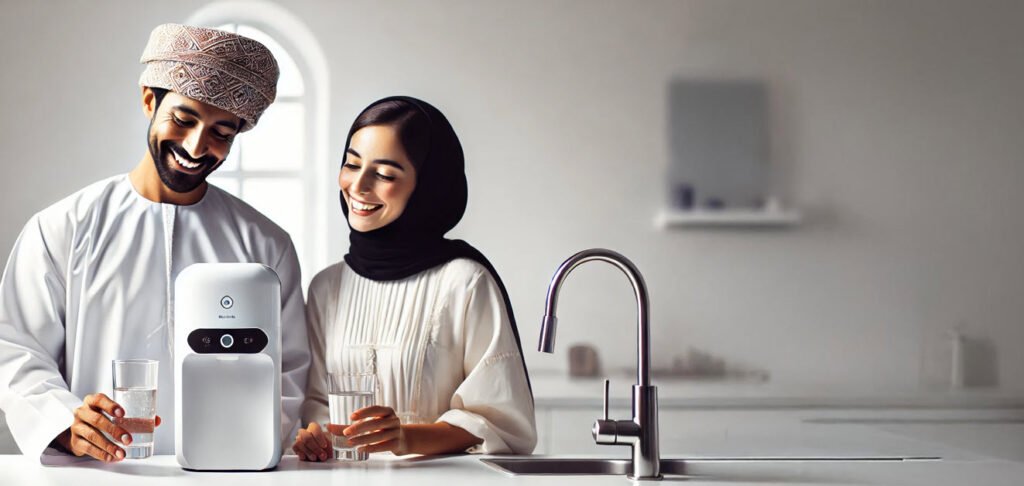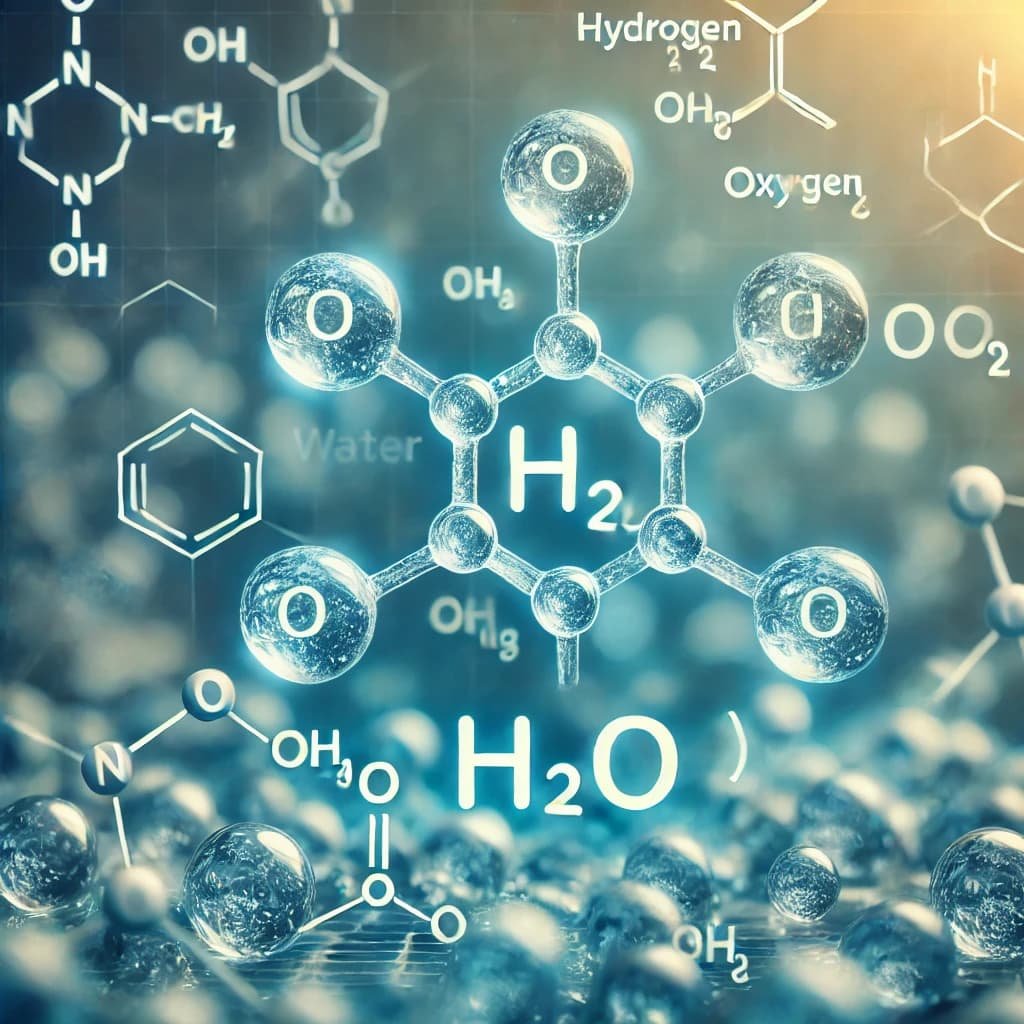
Many people still question whether water from household purifiers is truly safe to drink. Despite the growing use of water purifiers, concerns remain about whether these devices can fully eliminate contaminants and ensure clean and healthy drinking water. In this article, we explore the science behind water purification technology and explain how modern purifiers meet strict safety standards to deliver safe, high-quality water for everyday consumption.
Common Concerns about Water Purifiers
Many individuals have doubts about the safety of water from purification systems, including questions such as:
- Can a water purifier truly remove all harmful substances?
- Is water from a purifier as healthy as tap water or bottled water?
- What if the purifier doesn’t effectively eliminate chemicals or heavy metals?
These concerns stem from a lack of understanding of how water purification technologies work and the rigorous testing that these systems undergo before they reach consumers.
How Do Water Purifiers Ensure Safe Drinking Water?
Water purifiers use a combination of advanced technologies to ensure that water is free from harmful contaminants. Here’s how each system works to guarantee water safety:
Reverse Osmosis (RO)
RO purifiers use a semi-permeable membrane to filter out dissolved solids, including heavy metals such as lead and mercury. This technology is widely recognized as one of the most effective methods for removing up to 99% of dangerous chemicals and metals from water.
Ultraviolet (UV) Purification
UV purifiers eliminate bacteria, viruses, and pathogens by using UV light to disrupt their DNA. This ensures that the water is safe from biological contaminants that could cause waterborne diseases.
Activated Carbon Filtration
Activated carbon filters are excellent at removing chlorine, pesticides, and organic compounds from water. They improve the taste and smell of water while also reducing the risk of exposure to harmful chemicals.
Multi-Stage Purifiers
Modern purifiers often combine several technologies such as RO, UV, and carbon filtration to provide comprehensive protection against both biological and chemical contaminants. These multi-stage systems ensure that the water is not only purified but also balanced for essential minerals.
Scientific Evidence Supporting the Safety of Purified Water
Water purifiers undergo extensive testing to meet international safety standards. Agencies like the World Health Organization (WHO) and National Sanitation Foundation (NSF) establish strict guidelines for drinking water quality. Water purifiers that carry certifications from these organizations have proven their ability to remove harmful substances effectively.
Here are some key scientific parameters that are tested:
Total Dissolved Solids (TDS)
TDS is a measure of all dissolved substances in water, including minerals, salts, and metals. An effective purifier should reduce TDS to safe levels, typically between 50-300 mg/L. This range ensures that harmful substances are removed, but the water still retains beneficial minerals.
Microbial Contamination
Modern purifiers are designed to eliminate up to 99.9% of harmful microorganisms such as E. coli, salmonella, and cholera bacteria, which are major causes of waterborne illnesses. This is achieved through RO and UV technologies that kill or filter out pathogens.
Heavy Metal Removal
Purifiers that use RO membranes can reduce the levels of heavy metals like lead, arsenic, and mercury, which are linked to serious health conditions such as kidney disease and neurological disorders. Regular testing ensures these metals are filtered to safe levels.

Why You Can Trust Your Water Purifier
There are several reasons to trust the safety of water from purifiers:
1. Certifications and Testing
Reputable water purifiers come with certifications from respected organizations like the NSF, WQA, and WHO. These certifications guarantee that the purifier has been tested against stringent water quality standards and has proven its effectiveness.
2. Multi-Stage Filtration
The use of multiple technologies, such as RO, UV, and carbon filtration, ensures comprehensive purification. These systems are designed to tackle different types of contaminants—biological, chemical, and physical—providing layers of protection.
3. Consistent Performance
High-quality water purifiers are engineered to perform consistently over time, with regular maintenance and filter replacement. This ensures that they continue to deliver clean and safe water without degradation in quality.
Health Benefits of Drinking Purified Water
Drinking water from a reliable purifier can significantly improve your overall health by:
- Preventing Illness: Reducing the risk of waterborne diseases such as dysentery, diarrhea, and cholera.
- Detoxifying the Body: Purified water helps in flushing out toxins from the body, supporting kidney health and overall detoxification.
- Improving Digestion: Clean water aids in better digestion and absorption of nutrients from food, contributing to a healthier metabolism.
Conclusion: Trust the Purification Process
The water that comes from a properly maintained water purifier is as safe, if not safer, than tap water or bottled water. By relying on scientific technologies like RO, UV, and activated carbon filtration, modern purifiers ensure that the water you drink is free from harmful contaminants and healthy for consumption. Investing in a certified and well-maintained water purifier will give you peace of mind, knowing that you and your family have access to safe and clean drinking water every day.
- Which Water Purifier is Suitable for You? A Guide to Choosing the Best Option - October 18, 2024
- Is Water from Purifiers Safe? Addressing Common Doubts with Scientific Evidence - October 18, 2024
